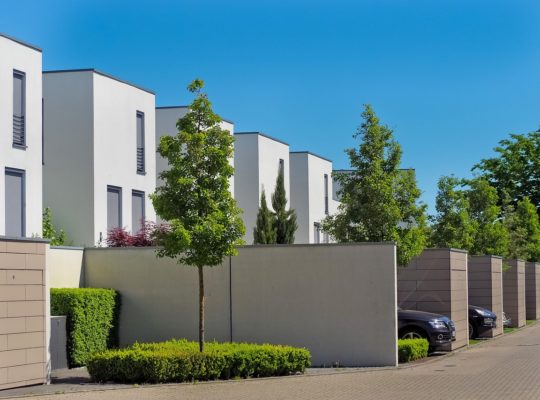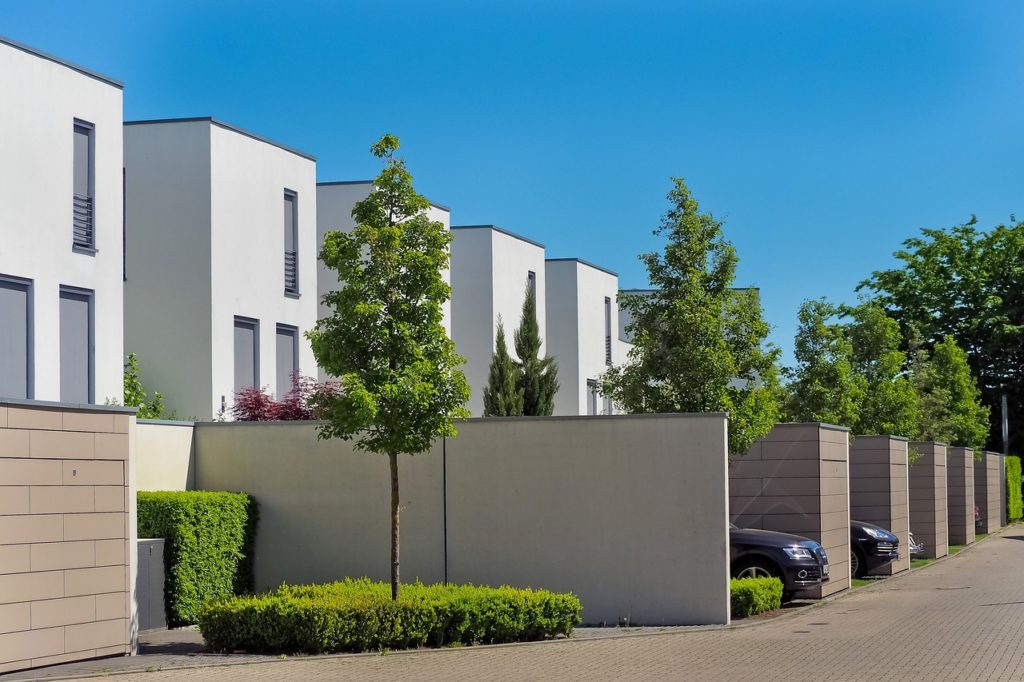
How Planning and Zoning Software Improves Urban Development
You’re a city planner, trying to chart a path for your town’s future. There are always more projects than you have time, money or people to handle. Every day there are tough decisions to make about where to invest and where to hold off. You want to get it right, but how? The answer could be planning and zoning software. With the right tools, you can analyze scenarios, engage the public, and make data-driven choices. Suddenly master planning doesn’t seem so daunting. Read on to learn how the right software can help you streamline urban development in your city. You’ll be empowered to shape your community’s growth efficiently and thoughtfully.

Key Features and Capabilities of Planning and Zoning Software
Urban development projects can be a logistical nightmare. With so many moving parts – from zoning laws to construction plans to community feedback – it’s easy for things to slip through the cracks. This is where planning and zoning software can make all the difference.
– Streamlines collaboration. Instead of emailing documents back and forth, software centralizes all files, data, and communications in one shared platform. This connects planners, developers, officials, and the public seamlessly.
– Automates repetitive tasks. No more manually updating zoning maps or running complex calculations. The software handles it for you, freeing up time for more strategic work.
– Provides real-time data. With cloud-based systems, everyone accesses the same up-to-date information. This eliminates miscommunications from working off outdated documents.
– Allows scenario testing. See how adjustments to density, parking, green space, etc. would impact the overall plan with just a few clicks. This enables more informed, data-driven decisions.
– Improves public transparency. Residents can view proposals and provide feedback right within the software. This two-way communication results in plans that better meet community needs.
With game-changing capabilities like these, it’s no wonder more cities are adopting planning and zoning software. It’s a smart investment that leads to smarter urban development.
Top Planning and Zoning Software Solutions for Cities and Towns
Planning and zoning software contains a host of integrated tools to help streamline and modernize urban development. Here’s an overview of some of the key features:
– GIS mapping capabilities – Visualize zoning boundaries, land use, infrastructure, and more with interactive maps. Easily generate maps for analysis, planning, and public presentations.
– Zoning regulation database – Store, access, and search your municipality’s zoning codes and land use regulations in one central location.
– Permitting and code enforcement – Automate permit application submission, routing, approval workflows and code violation tracking.
– Public portals – Allow citizens to lookup zoning info, submit complaints, applications or comments online.
– Reporting and analytics – Generate reports, charts and dashboards to analyze trends and support data-driven decision making.
– Mobile access – Conduct inspections, investigations or approvals out in the field via iOS and Android apps.
– Integration – Seamlessly connect with city databases, document management systems, tax assessors data and other platforms.
– Configurability – Customize the system to match your municipality’s specific permitting and planning needs.
With these robust capabilities, planning and zoning software delivers the tools you need to increase efficiency, transparency, and responsiveness in local land management. The right system can save time and money while driving better development outcomes.







